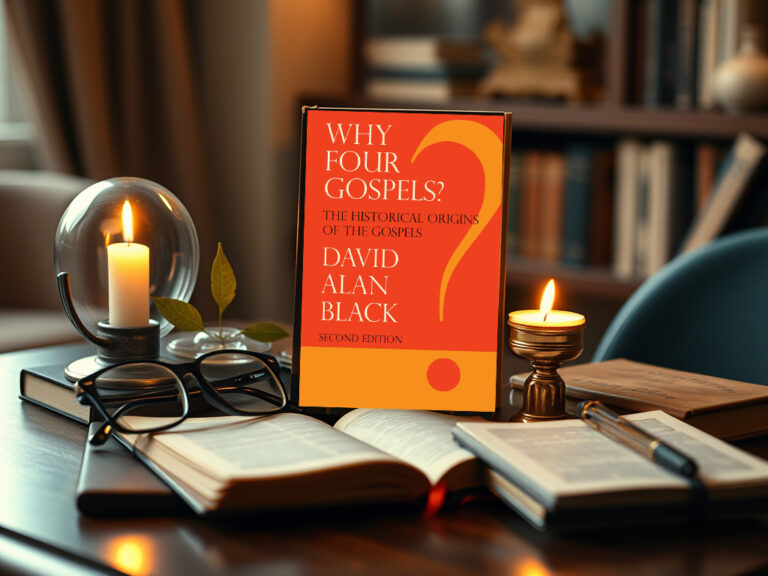Doris H. Murdoch: The Lion's Gate
by Doris H. Murdoch, teacher and author of Testify: By the Blood of the Lamb and the Word of our Testimony and Constructing Your Testimony.
 The Lion’s Gate is located in the northeast section of the Old City Walls of Jerusalem. It is one of seven gates in Jerusalem that is open today; the Lion’s gate has numerous names that will be discussed. There are four lions near the crest of the gate, two on the left and two on the right. There is some discrepancy over what “cat” is actually on the gate; there are tales that the animals may be cheetahs, leopards or lions. The Lion’s Gate is known worldwide for several reasons: Muslim and Jewish identity; Jesus’s final walk from the prison to crucifixion; and the Six Day War.
The Lion’s Gate is located in the northeast section of the Old City Walls of Jerusalem. It is one of seven gates in Jerusalem that is open today; the Lion’s gate has numerous names that will be discussed. There are four lions near the crest of the gate, two on the left and two on the right. There is some discrepancy over what “cat” is actually on the gate; there are tales that the animals may be cheetahs, leopards or lions. The Lion’s Gate is known worldwide for several reasons: Muslim and Jewish identity; Jesus’s final walk from the prison to crucifixion; and the Six Day War.
During the Crusader period, the gate was called Josophat’s (Jehoshaphat) Gate. Jehoshaphat means the Lord judges. We know that Jehoshaphat was a leader who pursued peace and sought God’s guidance during his reign in Judah (I Kings 22:5). In the end times, God will gather the nations in the Valley of Jehoshaphat to be judged (Joel 3:2). God’s judgment is divine wisdom; we know there were officials named Jehoshaphat during David’s and Solomon’s reigns. (II Samuel 8:16; I Kings 4:17) The Christian name is St. Stephen’s Gate. The Early Church chose seven leaders to distribute food to the needy with Stephen being one of the chosen deacons. Acts 6 and 7 tells the story of Stephen in his ministry and death through stoning. It is believed that the gate is the one taken into the Kidron Valley where the martyrdom of Stephen took place. The gate is also called the Sheep Gate (Nehemiah 3) as sheep were led into the city for sacrifice via this gate. This is the gate Jesus took as he was led from prison to crucifixion. As the Lamb of God, He laid down His life for His sheep (John 10:1-11). The Hebrew name for the entryway is Sha’ar Ha’Arayot (in honor of the decorations above the gate) and the Arabic name is Bab Sitna-Mariam, the Gate of the Tribes. It is said that the tribes of Israel entered the Old City through this gate. It is also called St. Mary’s Gate. This is because the Virgin Mary’s birthplace is on the road to the right, St. Anne’s Church.
As mentioned earlier, the “cats” on the gate are up for discussion. Some say the cats are leopards; others say cheetahs; and then some say the animals are lions, like the Lion of Judah. Most likely, the cats were placed on the gate by Sultan Suleiman the Magnificent to celebrate the defeat of Mamluks in 1517. Folklore states that Suleiman had dreams of lions eating him after high taxing of the people of Jerusalem and meditating on how to punish those who were unable to pay the taxes. The wiseman who interpreted the dream said that God was angry with him for his evil thoughts and actions. To atone or appease God, Suleiman built the gate to protect Jerusalem from invaders. Some say it was Suleiman’s predecessor Selim who dreamed of the lions eating him when he planned to level Jerusalem. He spared the city and built the wall around it for protection. Some say panthers or cheetahs of the Baybars were transferred to the gate as a symbol of their dominion. No matter the tale, lions became the symbol of the city of Jerusalem and the mighty God it serves, the Lion of Judah (Genesis 49:9). At the peak of the gate is an Arabic inscription and below the inscription is a Jewish symbol, the Magen-David (Star of David). Observers witness the identity of the Muslims and the Jews in the Lion’s Gate.
Before the crucifixion, Jesus would have used the Lion’s Gate as He traveled from Judean Desert (Jerusalem-Jericho Road) to begin His early ministry. He would have taken this route from The Mount of Temptation. The road from the gate descends to the Kidron Valley and the foothills of the Mount of Olives. This would have been the route after His arrest at the Garden of Gethsamene. Jesus’ final walk from the prison to the crucifixion is via the Lion’s Gate. The Temple Mount is to the left and the road to St. Anna (St. Anne’s Church), believed to be the home of the Virgin Mary, is to the right. As one moves in a westwardly direction, the road becomes the Via Dolorosa.
The Lion’s Gate has more recent history for the Jews. Suring the Six Day War, Jerusalem united under Israel control when the IDF (Israel Defense Forces) fought against Jordan, Syria and Egypt during June 5-10 of 1967. In a decisive victory for Israel, the 55th Paratroop Brigade came through the gate in 1967 and placed the Israeli flag above the Temple Mount in the Old City. In an effort to create peace in the Middle East, some developments and setbacks took place through the Oslo Accords in 1993-2001. Since this, terrorist attacks and suicide bombings have been the result of land disagreements in the Arab-Israeli relations. Arabs and Jews enter and depart through the gate, but positive feelings of the shared history of the gate are doubtful.
From biblical times through today, the Lion’s Gate has played a vital role in the happenings of Israel. God may be revealing His mystery and divine wisdom of the end times in this gate called the Lion’s Gate. What is your response concerning the shared history, Arab-Israeli relations or the end times in respect to the Lion’s Gate?
[slideshow_deploy id=’2440′]




